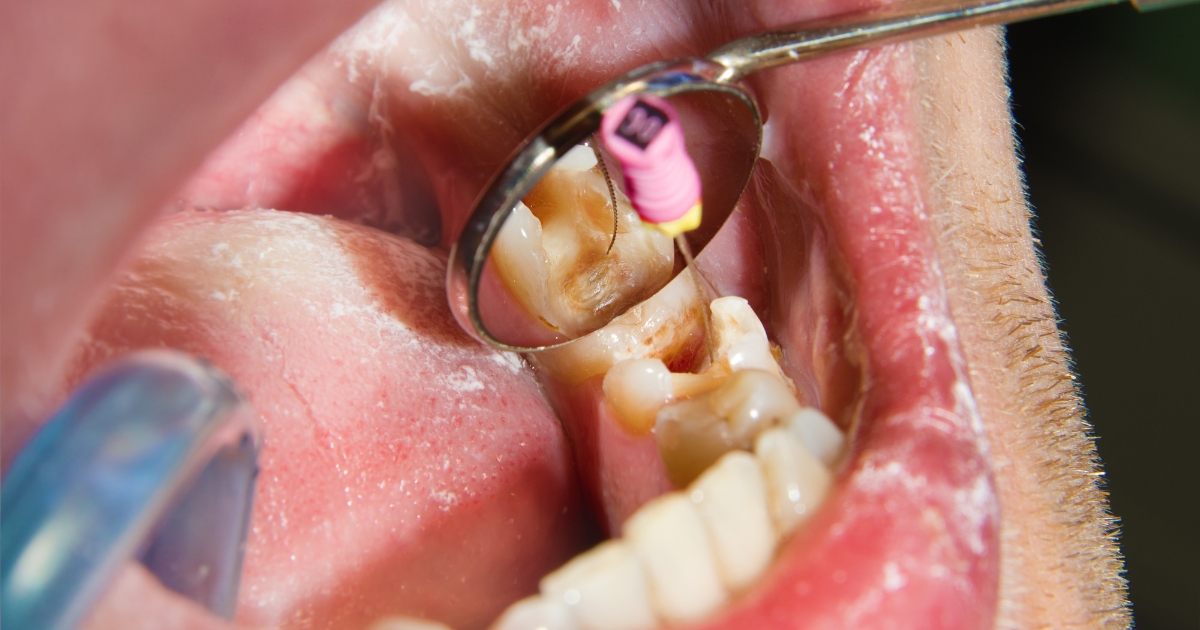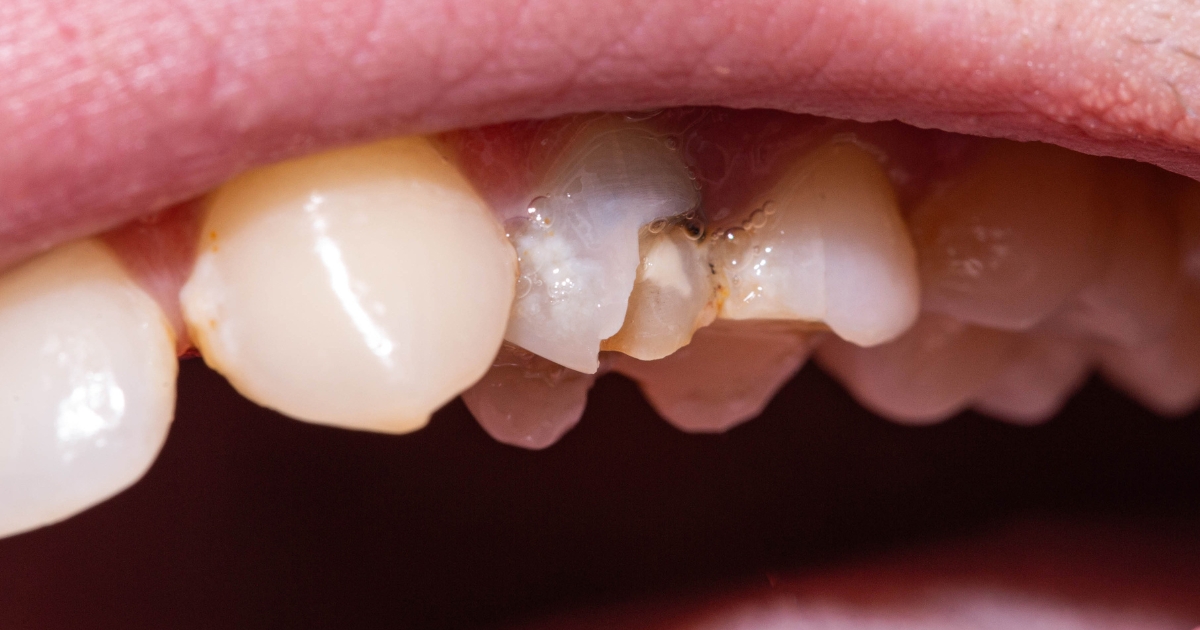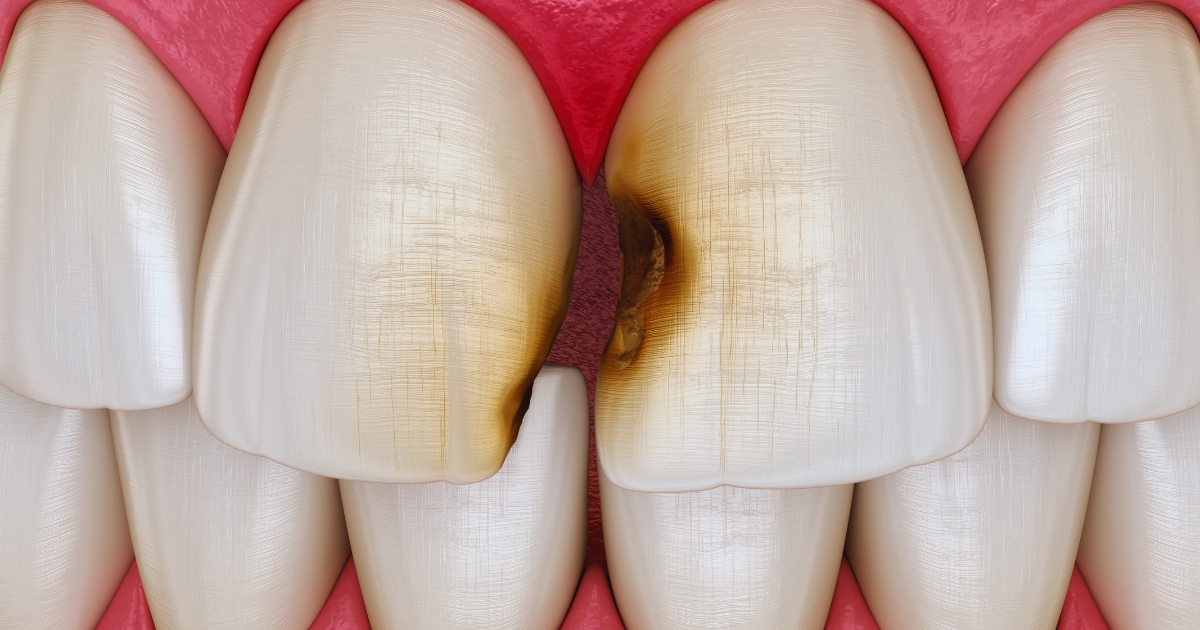Call Us Today 817-737-7668

Endodontic procedures tend to evoke fear. Patients are reluctant to go to a dentist as they have a fear of pain. What if root canal treatments were virtually painless? Too good to be true?
Advances in pain control are significantly changing endodontic treatments. The latest techniques are capable of providing minimum discomfort and making the process painless. Local anesthetics, new delivery systems, and post-treatment approaches have revolutionized pain management.
With advances in research and technology, dentists can now provide pain-free treatments. Patients no longer have to fear root canals. Awareness of these developments can potentially change attitudes and promote early treatment.
What Is Pain in Endodontics?
Pain in endodontic procedures is caused by inflammation, infection, or nerve irritation. There are three kinds of pain: preoperative, intraoperative, and postoperative.
Preoperative pain occurs for pulp inflammation or infection before the procedure. Intraoperative pain occurs during the procedure. It is commonly due to poor anesthesia or irritation. Postoperative pain happens post-procedure. It is typically due to tissue healing, retained infection, or occlusal trauma.
A competent dentist diagnoses the cause of pain. They use the right techniques to reduce discomfort. Recognition of these pain types enhances management practices to provide patient comfort. Successful pain management promotes treatment outcome and patient trust in endodontic procedures.
Preoperative Pain Control
Proper diagnosis significantly facilitates proper pain control during endodontic treatment. Pain localization enables the dentist to select the optimal approach to treatment. Pharmacological management is key when it comes to preoperative pain control. Anti-inflammatory agents such as ibuprofen control pain and significantly reduce inflammation before the treatment.
Premedication with analgesics enhances anesthesia quality and reduces intraoperative pain. Dentists suggest Corticosteroids, like dexamethasone, to manage inflammation and avoid post-treatment flare-ups.
Psychological preparation is also essential. A relaxed, reassured patient feels less pain and anxiety. Trust is built through open communication between the patient and the dentist. It makes endodontic procedures in Mansfield more comfortable. Treating both physical and psychological factors makes treatment smoother.
Intraoperative Pain Management
Improvements in local anesthesia greatly enhance pain control during endodontic procedures. Buffered anesthetics have a faster onset and longer duration. Articaine is used in preference to lidocaine for mandibular blocks. It has superior penetration and higher success rates.
Computer-aided local anesthetic delivery (e.g., The Wand) increases accuracy and decreases discomfort. Supplemental techniques enhance the effectiveness of anesthesia. Intraligamentary and intraosseous anesthesia focus on specific areas and give more profound pain relief.
PDL and Gow-Gates nerve blocks provide alternatives for complex cases. Sedation methods such as nitrous oxide and oral sedatives are significant to control anxiety and pain perception. Using updated anesthesia techniques guarantees pain-free endodontic therapy. Moreover, it increases patient satisfaction.
Postoperative Pain Control
Long-acting anesthetics are capable of providing extended pain relief following endodontic treatment. This stops premature postoperative pain and enhances recovery. Combination therapy with NSAIDs and acetaminophen provides maximum pain control. In addition, Ibuprofen alleviates inflammation, whereas acetaminophen increases analgesic action.
Antibiotics are reserved for recurring infections but should be prescribed judiciously. Overprescription brings about antibiotic resistance; hence, a dentist only prescribes them as required.
Moreover, corticosteroids manage flare-ups to stabilize inflammation and occlusal adjustments to avert biting pain. Patients’ adherence to post-treatment instructions leads to quicker recovery. Optimal management of postoperative pain improves comfort and guarantees a good patient experience with endodontic treatment.
New Advances in Pain Management
Advancements in technology improve pain control during endodontic procedures. Laser endodontics decreases inflammation and increases faster healing. Laser technology also aids in improved disinfection and enhances the treatment.
Cryotherapy with cold irrigation reduces nerve inflammation and post-surgery pain. The method has become popular because it’s easy and effective. Regenerative endodontics deals with tissue regeneration and decreasing pain based on pulpal damage.
AI and machine learning help predict pain responses and enable individualized pain management techniques. These advancements allow dentists to conduct painless, minimally invasive endodontic treatments. It revolutionizes patient care by making root canals less daunting.
Patient-focused care significantly contributes to enhanced comfort and success in the treatment. Acknowledging and embracing the newest pain management methods remarkably ensure enhanced patient trust.
Studies continue to innovate and present new ways of performing endodontic procedures more effectively. Going for treatment should no longer be something to dread. Putting pain control on top of the list ensures improved outcomes and transforms the way people perceive root canals. Endodontic procedures are easier than ever.





